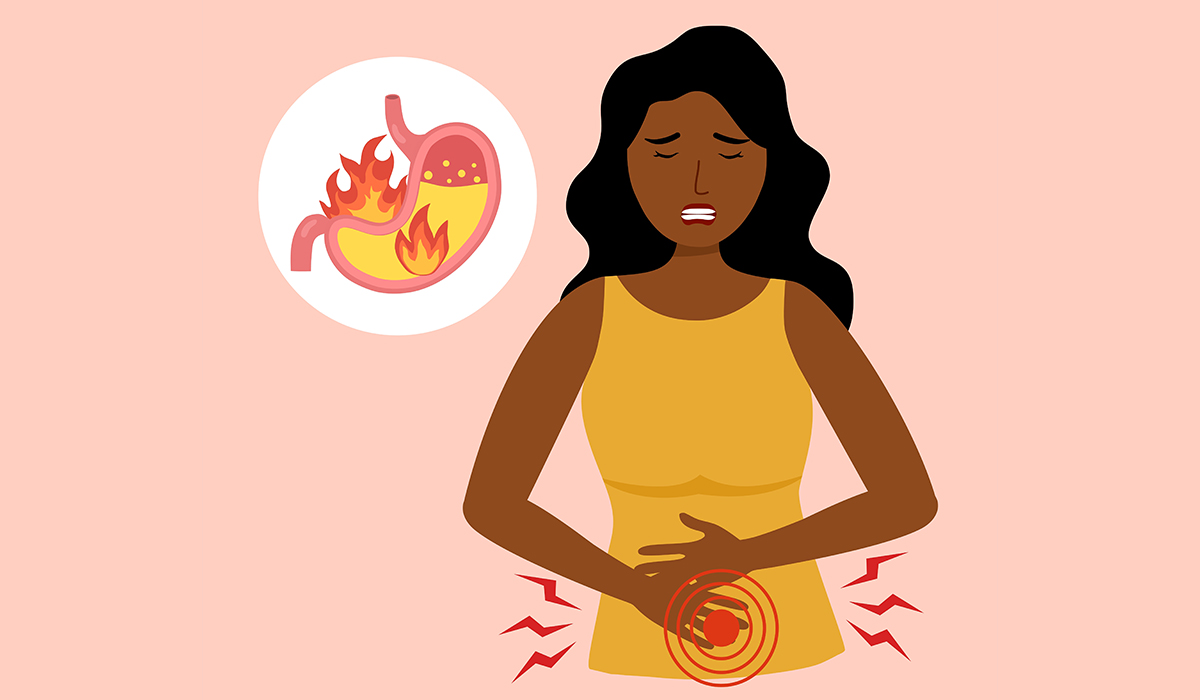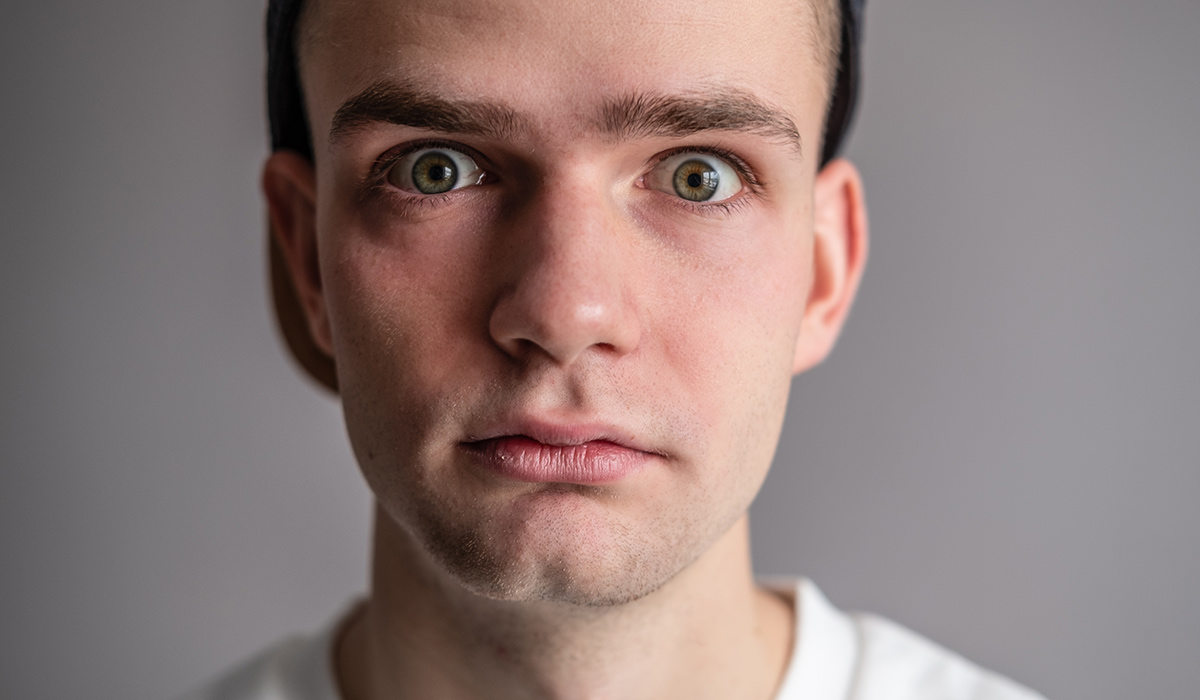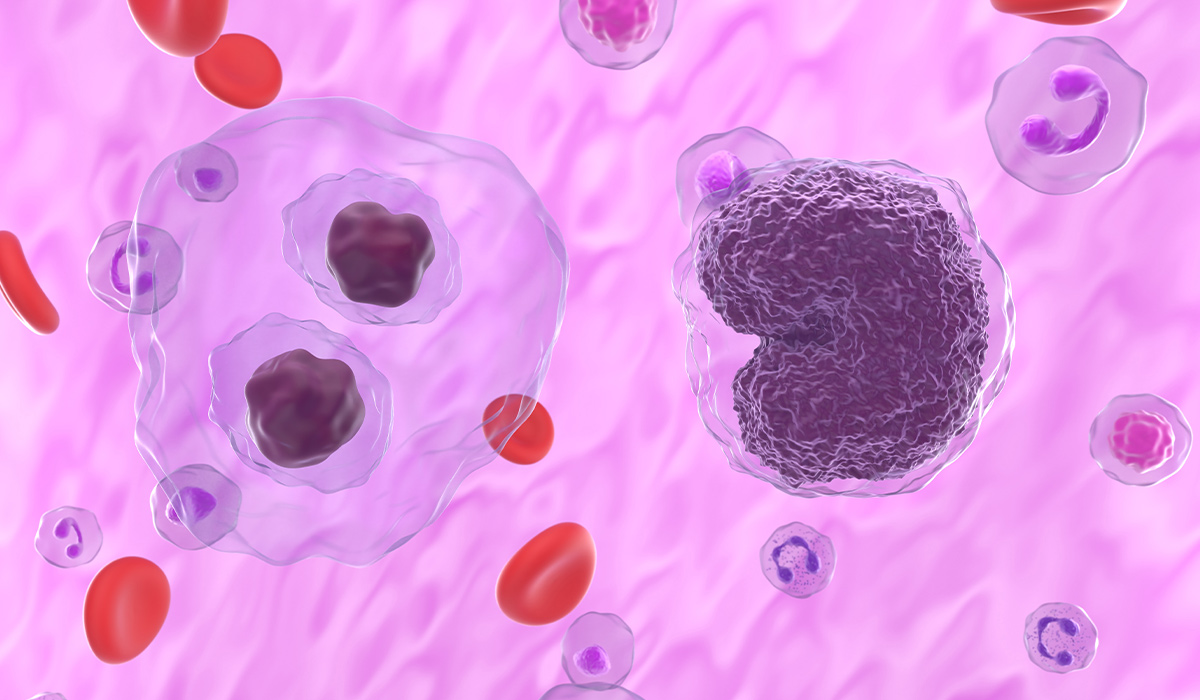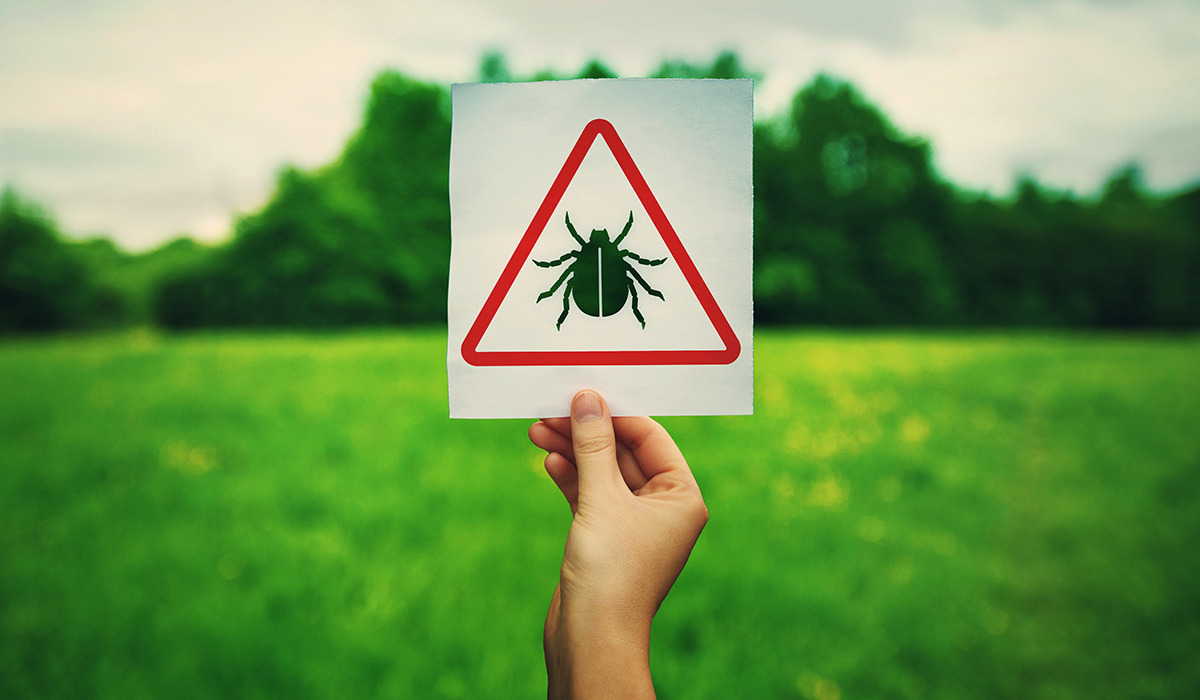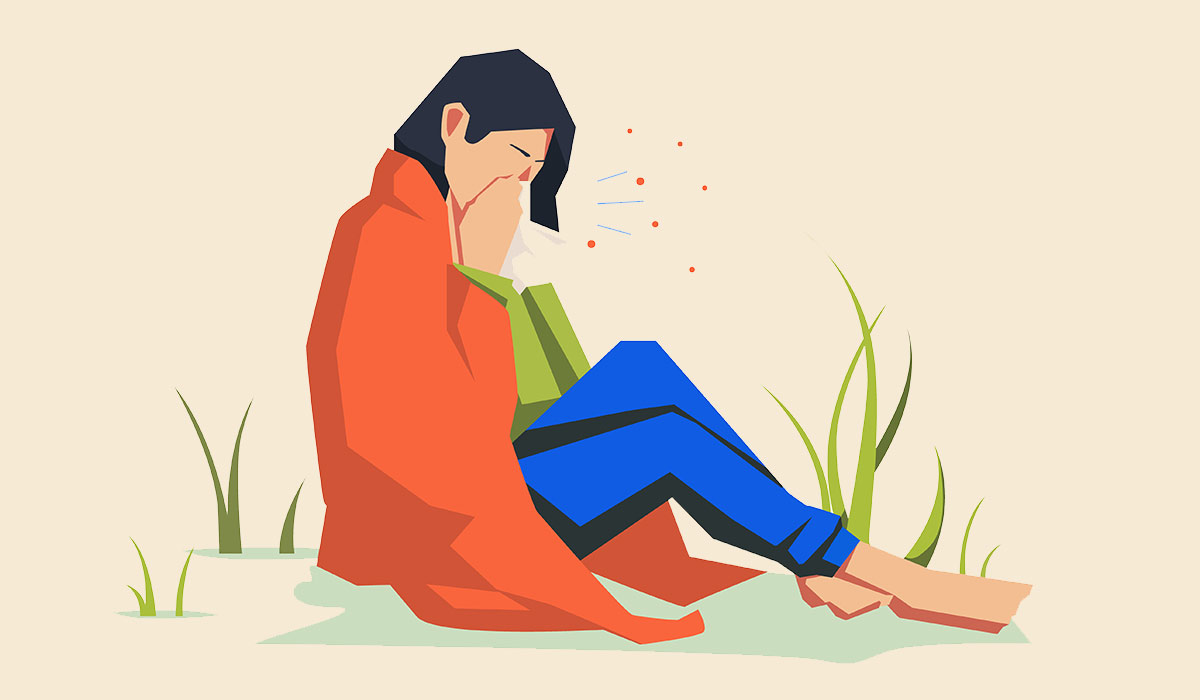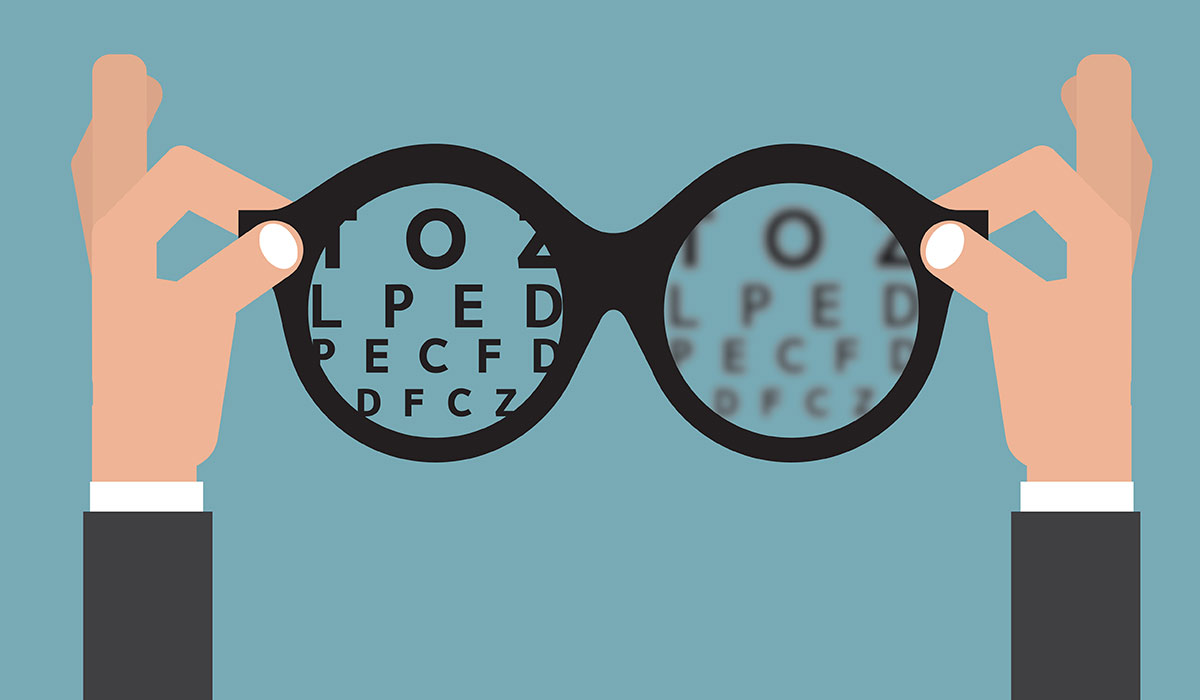What Does It Look Like?
It presents as a localized abscess, which is red in color and tender to touch. A pustule like this is likely to ooze with puss. Occasionally, a stye can appear on the inside of the eyelid. In this case, a stye will have a less defined appearance and may cause redness of the eyelid. These two types of stye are described as external and internal styes.
A stye can be mistaken for a chalazion, which is similar in appearance. Chalazia form due to a mechanical blockage of a gland as opposed to an infection. These are usually less painful than styes and are a chronic condition whilst styes resolve spontaneously within 1 or 2 weeks.
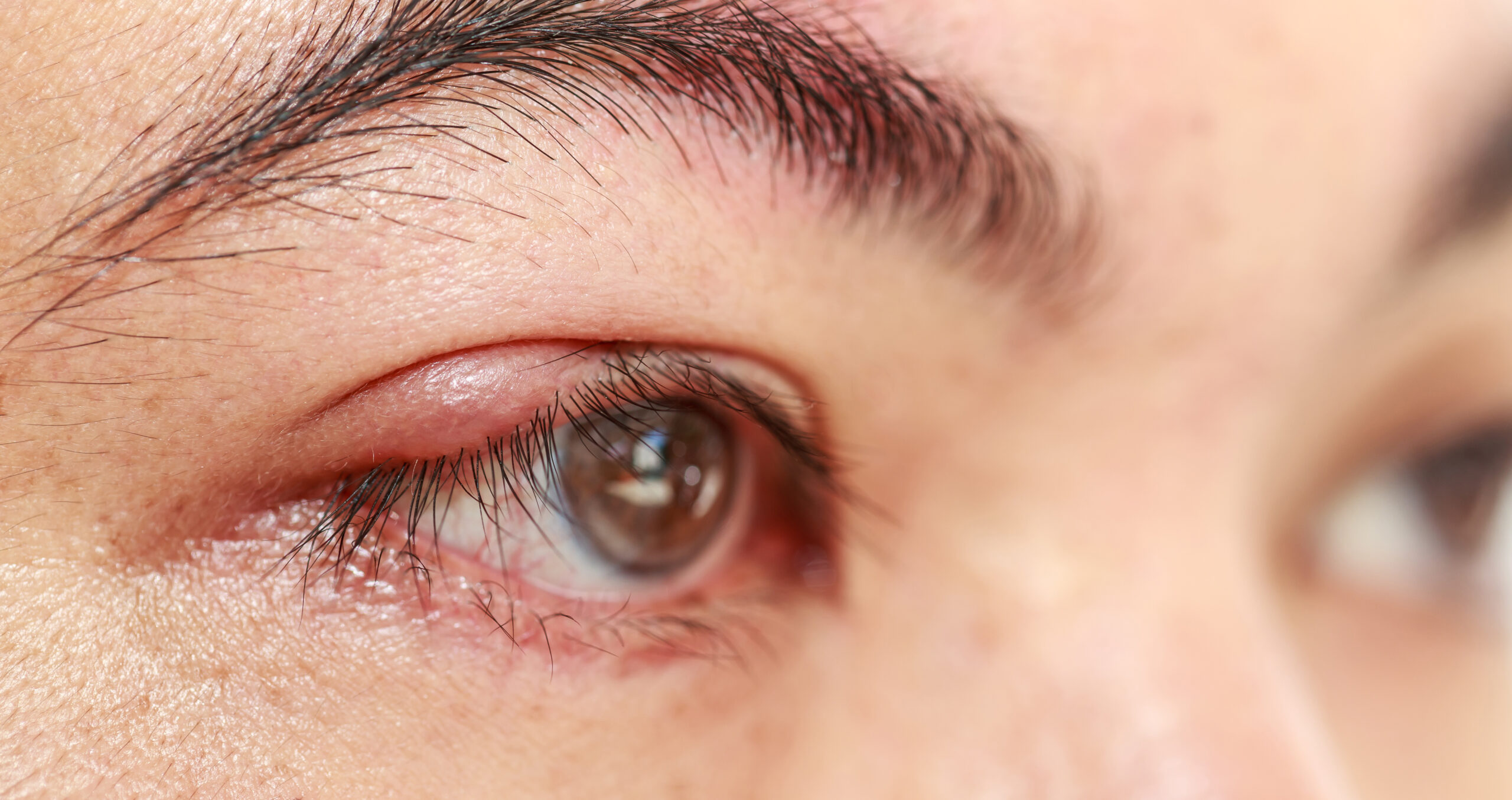
Who Can Get It?
Styes are a very common problem, and everyone can get them. Some people are more prone to develop this condition. People who previously suffered from a stye are more likely to develop it again. Underlying conditions such as blepharitis, dandruff, rosacea, diabetes, or high levels of bad cholesterol can increase a person’s susceptibility to styes. This acute condition affects both children and adults but is more common in adults as the oily substance produced by their glands is thicker than in children and, therefore, more likely to create a blockage.
Styes aren’t considered contagious; however, a small amount of bacteria can be spread onto the other eyelid or between people; therefore, you should avoid touching a stye and wash your hands and pillowcases frequently if you or your child have a stye.
Causes
A stye forms when bacteria normally present on your skin block one of the oil-producing glands on your eyelid. It can affect either the upper or lower eyelid. Bacteria most commonly associated with these infections are from the staphylococcus family.
External styes develop when an eyelash follicle gets blocked and infected. A red and inflamed bump appears along the line of eyelashes, causing acute pain, redness, itching, and a burning sensation.
Internal stye develops on the inside of an eyelid when one of the glands responsible for lubricating your eye becomes blocked and infected. It causes a pustule to appear on the inside of an eyelid and, therefore, may be more difficult to diagnose. It presents as a red and tender eyelid with a pustule revealed by everting the eyelid.
Symptoms
The symptoms of a stye include:
- A very painful red bump on the eyelid. It can be located either on the lower or on the upper eyelid. The bump looks like an acne pimple with red edges and a white center filled with puss. It is located along the edge of the eyelid within the eyelashes line.
- Swelling of the eyelid. Sometimes, the whole eyelid is affected by swelling.
- A sensation of having something in the eye.
- Scratchy or itchy feeling of the eye.
- Light sensitivity.
- Eye tearing.
- Crusting along the eyelid.
- Tenderness.
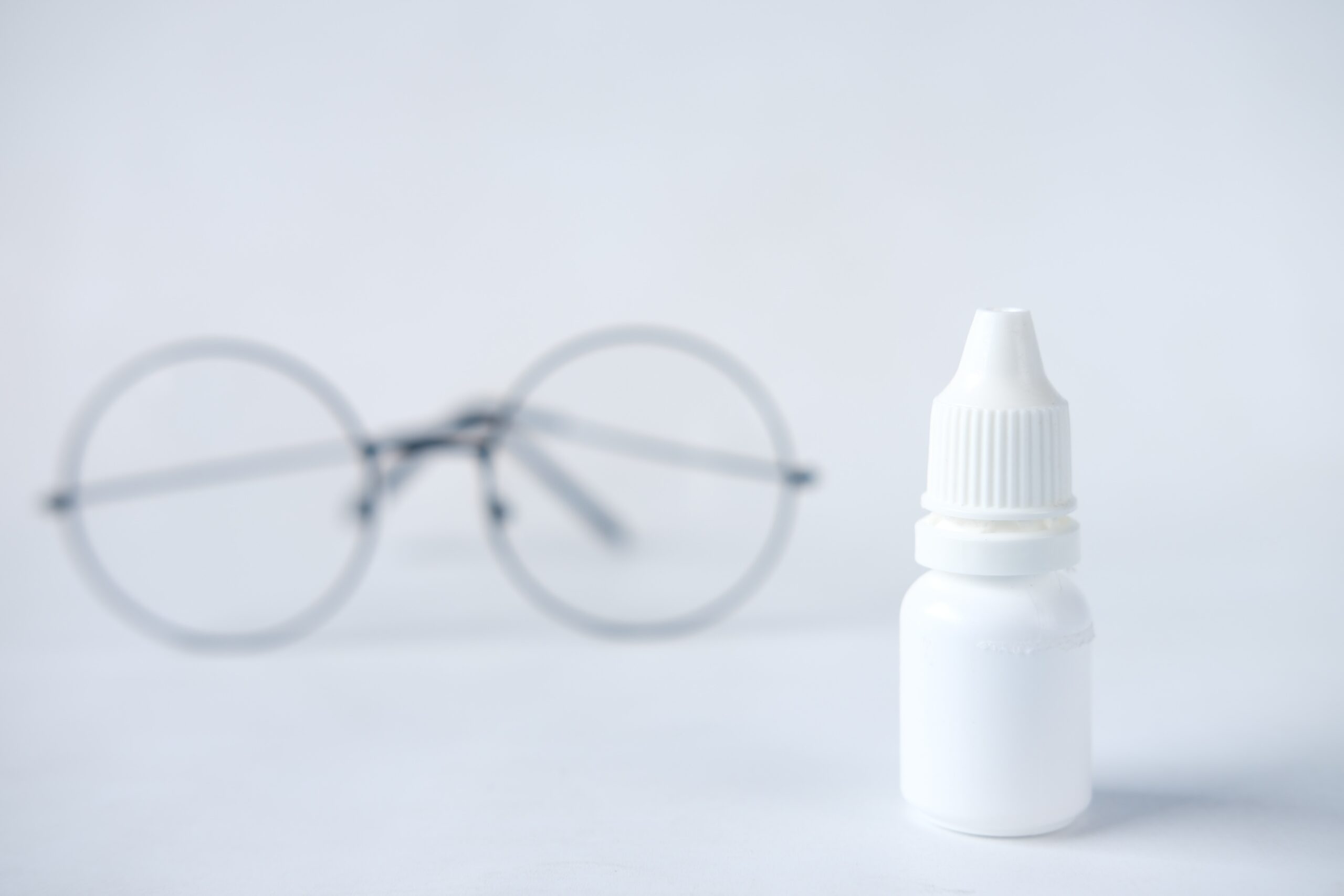
Treatment
Styes usually resolve on their own within one or two weeks. There are treatments you can do at home to make them go away faster.
Self-care
Warm compresses can reduce swelling and speed up the healing process. Soak a clean flannel in warm water and hold it against your eye for 5-10 minutes. Repeat the warm compress 3 or 4 times a day. There is some evidence that applying a compress made of green tea bags soaked in warm water can be beneficial. Green tea is a well-known antioxidant with antibacterial properties. While this method is not proven to be effective, it won’t do you any harm.
You can take paracetamol or ibuprofen to relieve pain. Avoid wearing eye makeup and contact lenses until your eye heals. It is not recommended to burst the boil at home as this can spread the infection. Do not touch your eye and eyelid to prevent transmission.
Clean your eyes frequently to remove discharge. You should use a mild, soapy solution made of 1 part gentle infant shampoo and 1 part water. Eyelid wipes, available in most drug stores, are an excellent alternative to the solution.
You can also massage the nodule with a clean finger or a Q-tip. This should soften the bump and help unblock the gland.
Specialist Care
If your symptoms don’t improve after a few days of self-care or the condition affects your vision, you should contact a healthcare provider. Treatments that they can offer include:
- We are performing a small incision to evacuate the puss trapped inside of the nodule. This is done under local anesthesia.
- I was using a needle to drain the puss trapped inside of the nodule.
- They are prescribing antibiotic ointments or eye drops to reduce inflammation.
- I was prescribing oral antibiotics if the stye is persistent or after a surgical procedure to drain it.
- I am administering a steroid injection to reduce swelling.
- I am removing the eyelash closest to the nodule.
- If a stye is recurrent, the healthcare provider can take a biopsy of it to investigate it further and devise a plan to prevent it from coming back.
- A swab sample can be taken to identify the cause of the problem.
Prevention
The most important measure to prevent styes is ensuring good facial hygiene. To do so, you should follow these steps:
- Wash your hands frequently and thoroughly, especially before touching your face.
- Follow contact lens provider advice. Contact lenses should be disposed of according to the usage limit recommendations. You should wash your hands before inserting and removing your contact lenses and clean them with a bespoke lens cleaning solution and disinfectant.
- Wash your face before going to bed. Removing makeup and dirt from your face before bed can prevent the oil glands from getting blocked.
- Make sure you never share eye makeup and accessories with anyone else. Disposing of makeup products when their shelf life passes is also good practice.
Summary
A stye is a very painful eye condition. It forms when one of the glands responsible for lubricating the eye or the eyelashes becomes blocked and infected. It is simmilar to a chalazion. The main difference between the two is location and pain level. Chalazia are usually located further away from the eyelash line and are less painful. These are more chronic and don’t disappear within a few days or weeks, while styes usually do.
You can treat a stye at home to speed up the healing process. To do so, apply warm compresses made of a clean flannel soaked in warm water 3-4 times daily. Massaging the bump can be beneficial as well. Ensure good face hygiene to prevent oil gland infections.
When To See a Doctor?
You should seek professional help if the problem doesn’t resolve within two weeks despite implementing home treatment. Contact your eye healthcare provider if the pain cannot be managed with available pain relief drugs and if your vision becomes blurry or obstructed by the swelling.
Sources
- Davis Willmann, Christian P. Guier, Bhupendra C. Patel, Scott W. Melanson, Stye, August 8, 2023.
https://www.ncbi.nlm.nih.gov/books/NBK459349/ - Kierstan Boyd, Odalyz Mendoza, David Turbert, What Is the Difference Between a Stye and a Chalazion? Causes, Symptoms, Treatment, June 14, 2023.
https://www.aao.org/eye-health/diseases/what-are-chalazia-styes - NHS, Stye, February 26, 2021.
https://www.nhs.uk/conditions/stye/ - Whitney Seltman, Understanding Styes — Treatment, September 16, 2022.
https://www.webmd.com/eye-health/understanding-sty-treatment - As accessed on October 19, 2023.
https://www.specsavers.co.uk/eye-health/stye
